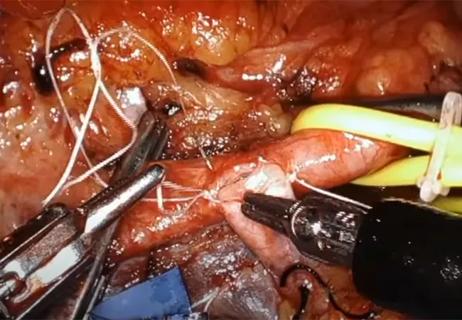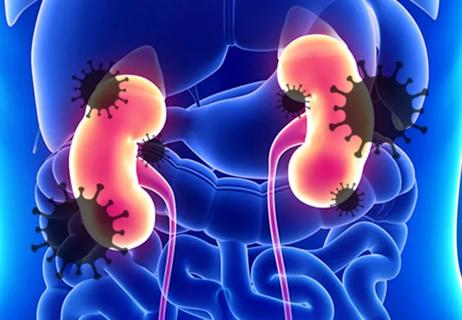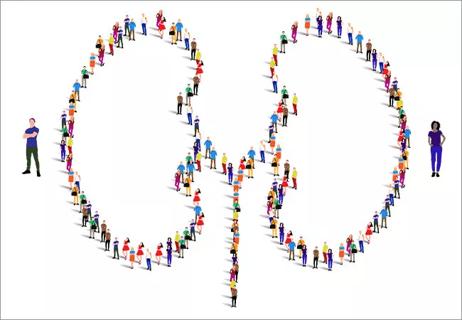How doctors can help African-Americans get needed care

Advertisement
Cleveland Clinic is a non-profit academic medical center. Advertising on our site helps support our mission. We do not endorse non-Cleveland Clinic products or services. Policy
African-Americans suffer from a significantly disproportionate incidence of kidney disease and kidney failure than Caucasian-Americans. Despite composing a little over 13 percent of the U.S. population, blacks compose more than 30 percent of Americans treated for end-stage renal disease (ESRD), a condition predominantly caused by diabetes and hypertension.1
This disparity is linked to a number of factors:
Despite higher rates of kidney disease and ESRD, research shows that African-Americans do not enjoy the same access to renal allograft transplantation as Caucasians.
Blacks are less likely to:
In addition, African-Americans spend two to four times longer on transplant waiting lists than Caucasians.4 Part of that has been due to the U.S. kidney allocation system, which matches transplant organs and recipients according to degree of genetic matching. Since up to 90 percent of transplant kidneys are from Caucasian-American donors, Caucasian-American recipients are often better matches.1,4
Advertisement
But the disparity doesn’t stop there. Even when African-Americans do receive donor kidneys, they have a higher risk than other Americans for early graft rejection. Studies confirm that simply being African-American is a significant independent predictor of early renal graft loss when other potentially negative factors are statistically controlled.5
This may be due to:
In 2014, the U.S. kidney allocation system changed to more heavily consider a patient’s time on dialysis. This may favorably affect African-Americans — particularly those who were delayed in joining the waiting list because they hadn’t been aware of transplant options, weren’t evaluated for transplant, or other reasons.
But more needs to be done to improve African-Americans’ access to renal health. Physicians can support the effort by:
Advertisement
As always, the first step to correcting disparities is recognizing that they exist. Bringing this issue to the forefront and inviting more discussion will help us find the best solutions.
1. United Network for Organ Sharing (UNOS), Nov. 17, 2014, Database, Organ Procurement and Transplantation Network (OPTN). UNOS Data Request.
2. Klassen AC, Hall AG, Saksvig B, et al. Relationship between patients’ perceptions of disadvantage and discrimination and listing for kidney transplantation. Am J Public Health. 2002;92:811-817.
Dr. Modlin is a kidney transplant surgeon, urologist and Founder and Director of the Minority Men’s Health Center of Cleveland Clinic’s Glickman Urological & Kidney Institute.
Advertisement
Advertisement

Smaller incision may lead to reduced postoperative pain for some patients

Improving access to lifesaving kidney transplant

The process could improve access and equity for patients with end-stage kidney disease

Video offers glimpse into technically challenging portion of the procedure

Infectious disease and kidney transplant specialists share key insights

Demographic and social factors found to influence preemptive listing

New interventions and policies haven’t increased wait-listing

Cleveland Clinic surgeons use single-incision robotic surgery to perform kidney transplant